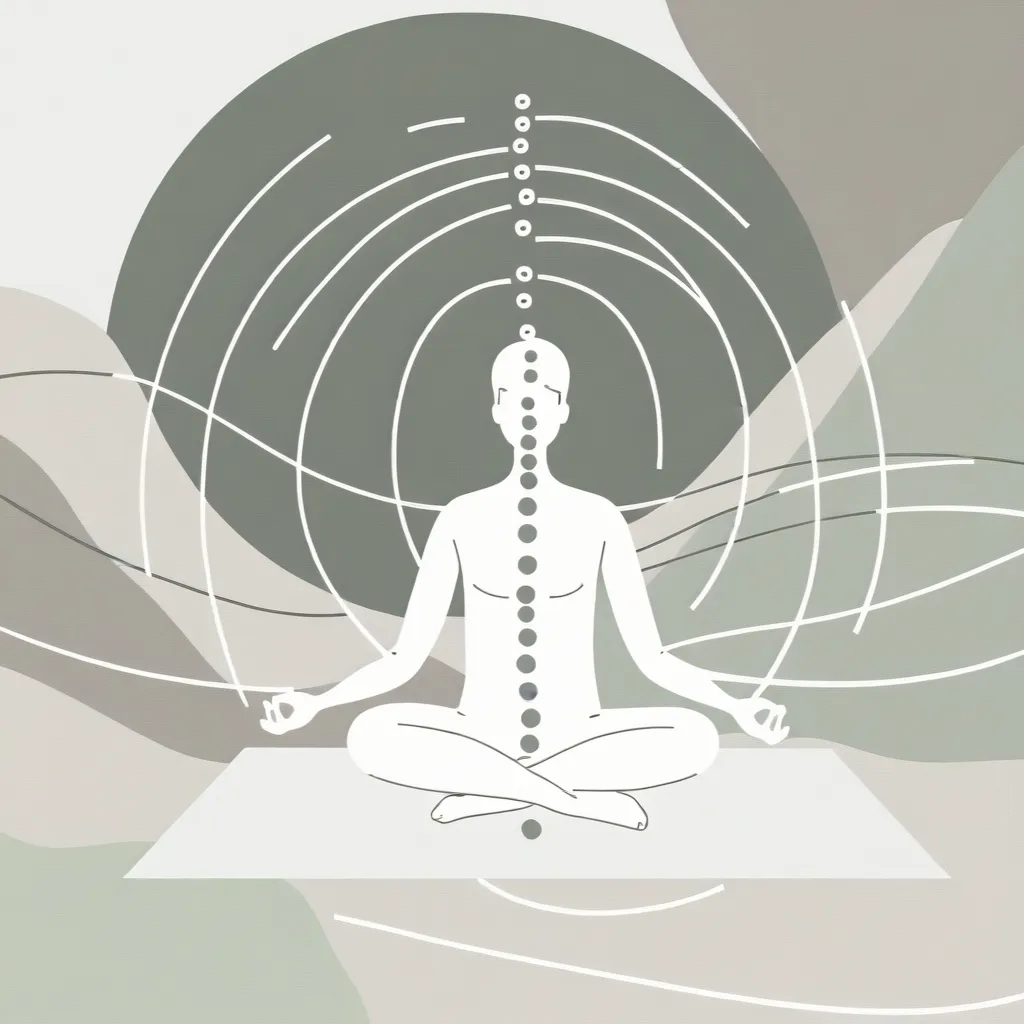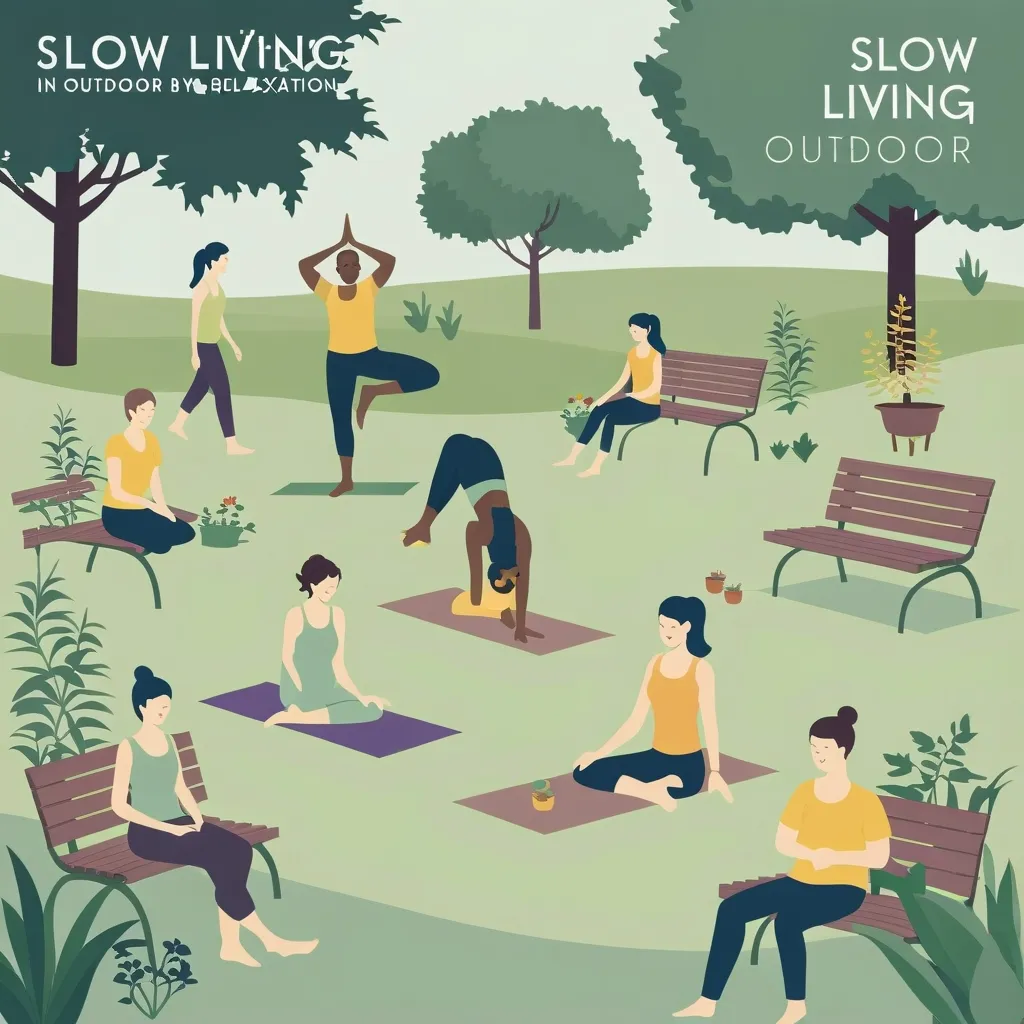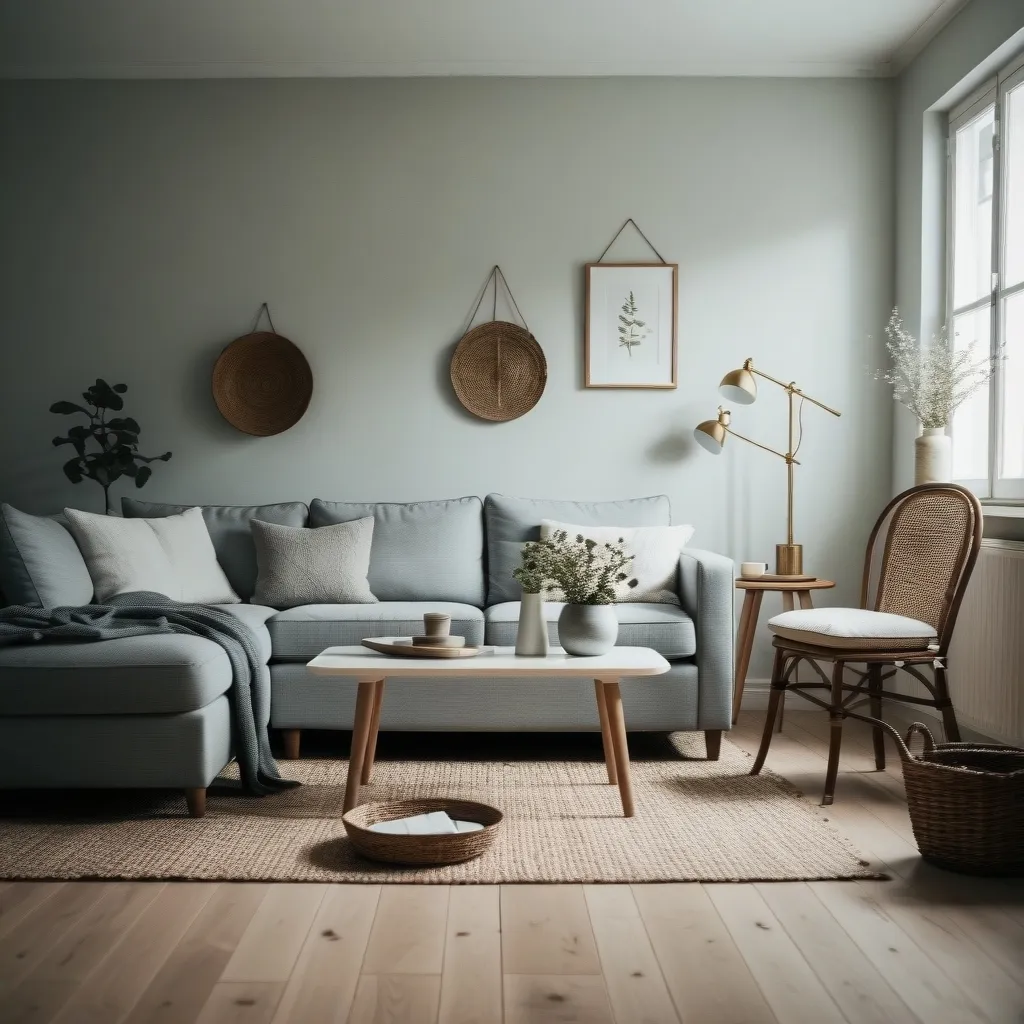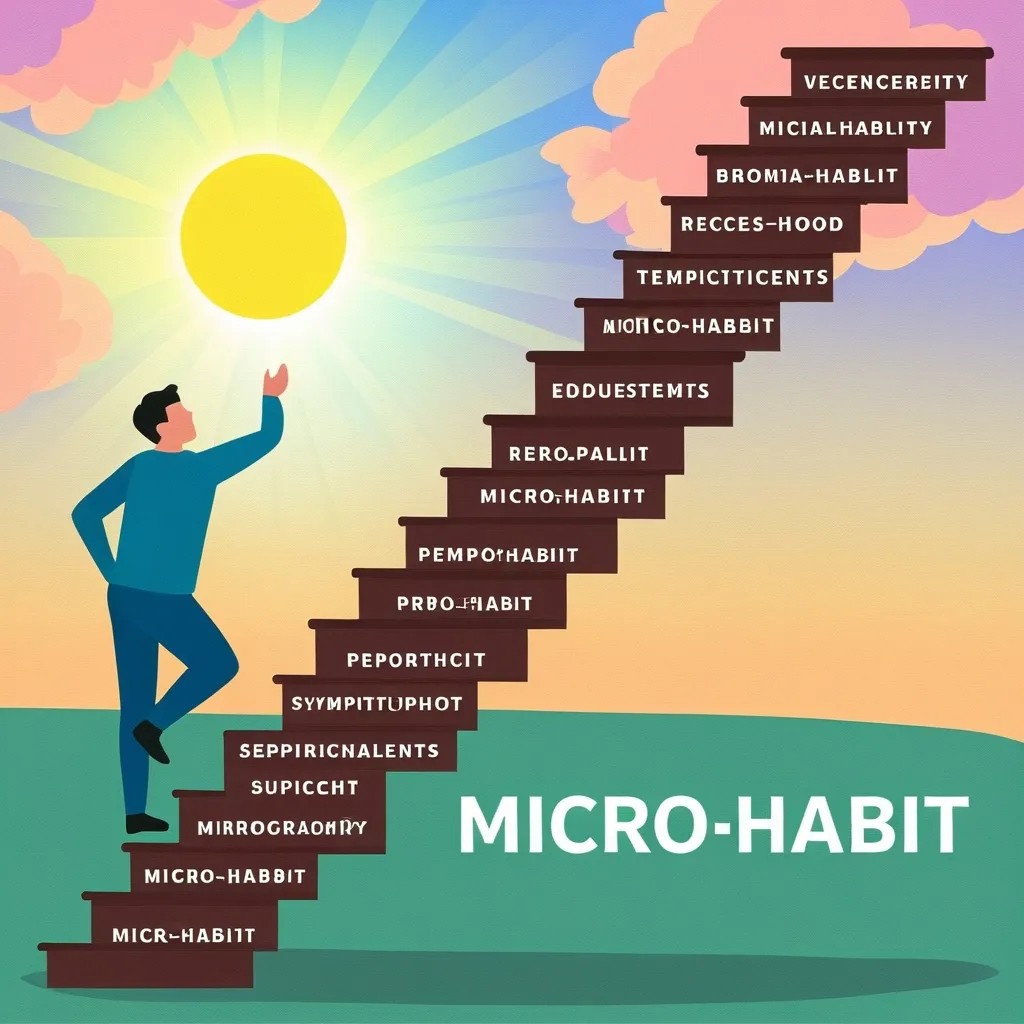Managing stress can feel like a full-time job, but there’s a simple tool right under your nose: your own breath. Mindful breathing exercises are incredibly effective and something you can do pretty much anywhere. With the right techniques, you can significantly lower your stress levels and feel more grounded in your daily life. Let’s explore how you can integrate these breathing practices seamlessly into your routine to boost your well-being.
First off, you’ll want to find a cozy, quiet spot where you can focus without any interruptions. This could be your bed, a comfy chair, or even a blanket on the floor. Wear something loose and comfy, so you’re not restricted. If you’re lying down, let your arms rest a bit away from your sides with your palms up, and either keep your legs straight or bend your knees so your feet are flat. For sitting, place your arms on the chair arms, and if you’re standing, keep your feet hip-width apart.
One of the simplest yet most effective breathing methods is deep breathing, also known as belly breathing. It’s about taking full breaths that fill your belly rather than shallow breaths into your chest. To do this, lie on your back with your knees slightly bent and maybe a pillow under your head and knees for extra comfort. Put one hand on your chest and the other below your rib cage. Slowly inhale through your nose, feeling your belly push into your hand. Your upper hand should stay mostly still while your lower hand moves with your breath.
To up the game a bit, you can focus on a calming mental image or a serene phrase while you’re deep breathing. Close your eyes and take it slow. As you breathe in, imagine the air filled with peace and calm spreading throughout your body. As you exhale, imagine releasing stress and tension. You might use phrases like “I breathe in peace and calm” and “I breathe out stress and tension.” Stick with this for 10 to 20 minutes and let the relaxation sink in.
Equal breathing is another killer technique. It’s all about balancing your inhales and exhales. Sit comfortably and breathe in through your nose for a count of five, then breathe out for the same count. Repeat this several times, gradually increasing the count as you get more comfy with it.
Mixing breathing with muscle relaxation can be incredibly effective too. Lie down, take a few breaths to chill, then breathe in as you tense a muscle group and breathe out as you release it. Start with your feet and work your way up, giving each muscle group its turn. This way, you relax both your mind and body.
If you need something a bit more dynamic, give the modified lion’s breath a go. Sit comfortably and breathe in through your nose, filling your belly. When you can’t breathe in any more, open your mouth wide and let out a “HA” sound. Do this a few times, and you’ll feel the tension melt away.
Pursed lip breathing is super useful, especially when you’re doing physical stuff like lifting. Relax your neck and shoulders, inhale through your nose for a count of two, and then pucker your lips as if you were going to whistle. Exhale slowly for a count of four. This slows down your breathing and can be practiced at any time.
The 4-7-8 breathing technique, also known as the “relaxation breath,” involves inhaling for four seconds, holding your breath for seven seconds, and exhaling for eight seconds. This method is especially good for calming your nerves. Find a comfy sitting position, inhale through your nose for four seconds, hold it for seven, and exhale for eight. Repeat this cycle a few times and feel the stress ebb away.
For something a bit different, try the humming bee breath. Sit with your eyes closed and relax your face. Place your fingers on the tragus cartilage near your ear. Inhale and then press your fingers into the cartilage as you exhale with a loud humming sound. Keep this going for as long as it feels good, and it’ll do wonders in relieving frustration and anxiety.
Mindfulness is at the core of most of these breathing exercises. It’s about staying present and fully experiencing the moment without judgment. Focus on the sensations in your body and your breathing. This can be done while sitting upright, with your chest open. By concentrating on your abdominal breathing and the feelings in your body, you can reach a state of calm and lessen stress levels.
To really see the benefits, make these breathing exercises a regular habit. Start small with sessions of 2 to 5 minutes and gradually lengthen them as you get more comfortable. Aim to practice multiple times a day, whether at set times or whenever you need a breather. Consistency is key to enjoying the full benefits.
Beyond just stress relief, these breathing exercises can improve your overall health. They can help enhance your breathing function, reduce symptoms of anxiety and depression, and even mitigate physical issues like high blood pressure and migraines. Incorporating these techniques into your daily routine can lead to better physical and mental health.
One of the best parts about breathing exercises is their accessibility. You can do them anywhere, whether you’re at home, in the office, or even on the go. Just taking a few minutes to focus on your breath can make a remarkable difference in how you feel.
Breathing exercises can also complement other mindfulness practices like meditation and yoga. There are various apps and online resources available that combine guided meditations and breathing exercises. These tools can help you manage negative emotions, calm a restless mind, and find greater focus and tranquility in your daily life.
In short, mindful breathing exercises are a simple yet powerful way to ease stress and enhance your overall well-being. By regularly incorporating these techniques into your life, you can become more relaxed, centered, and in control. Whether you’re dealing with work stress, academic pressures, or just the ups and downs of everyday life, taking a few minutes to focus on your breath can make all the difference. So take a deep breath in, and start experiencing the calm and serenity that mindful breathing can bring.






